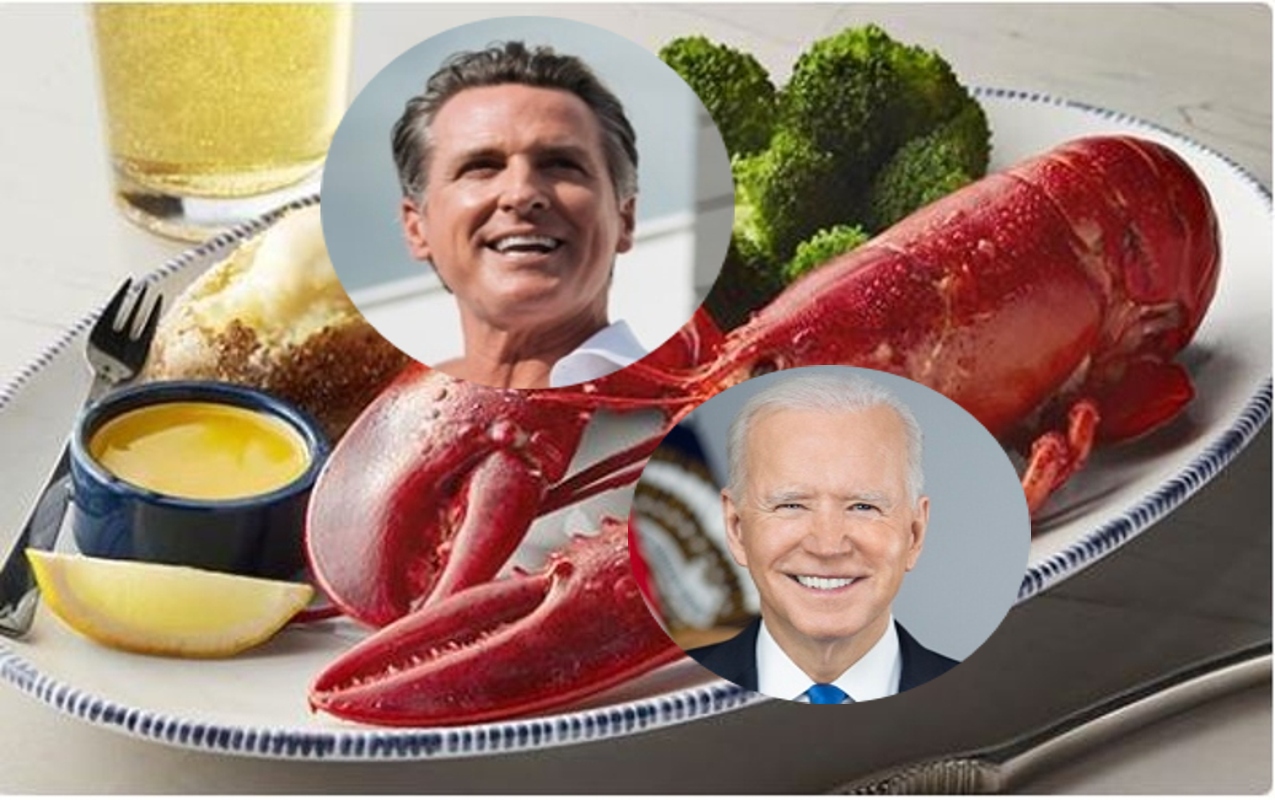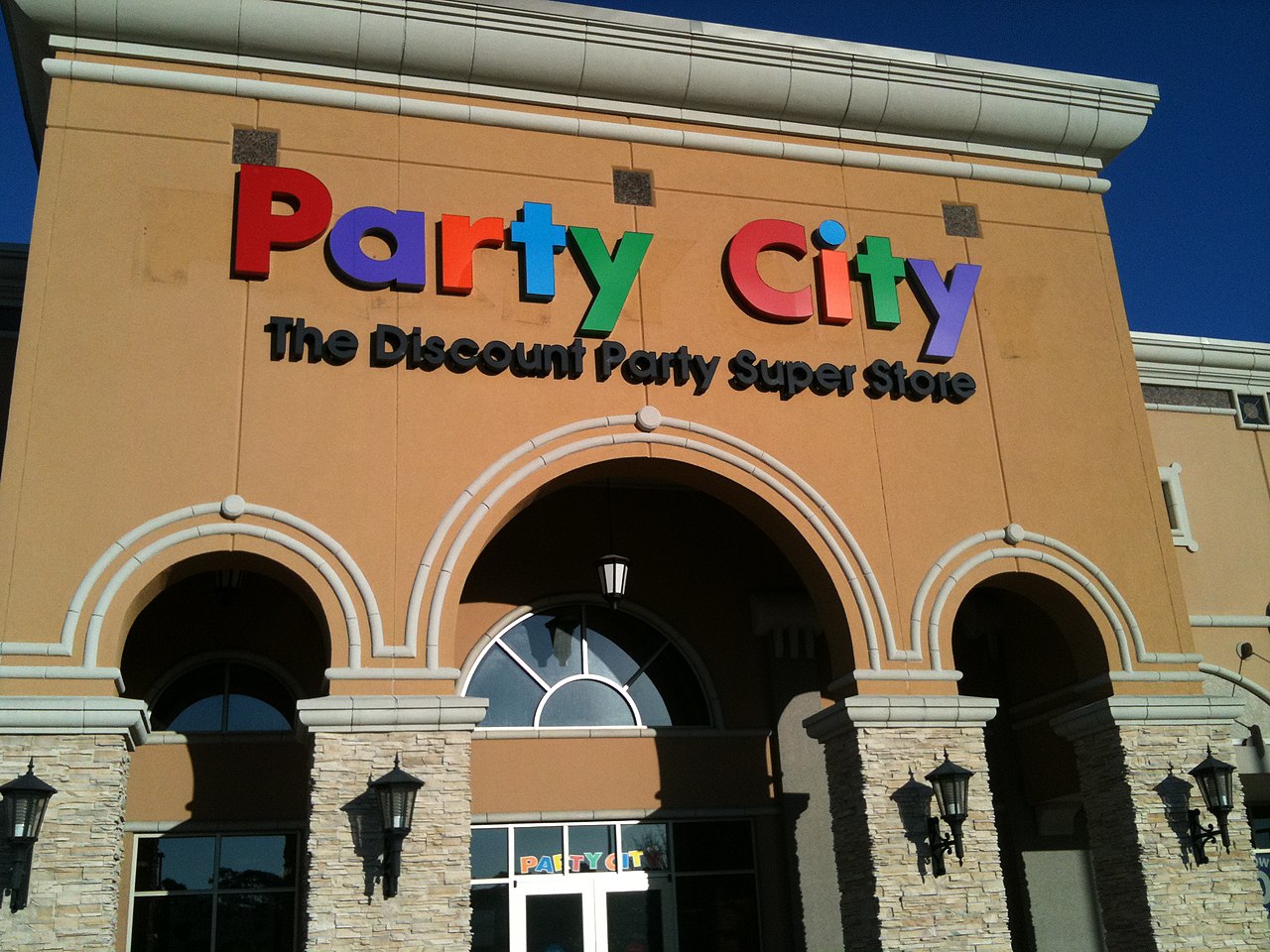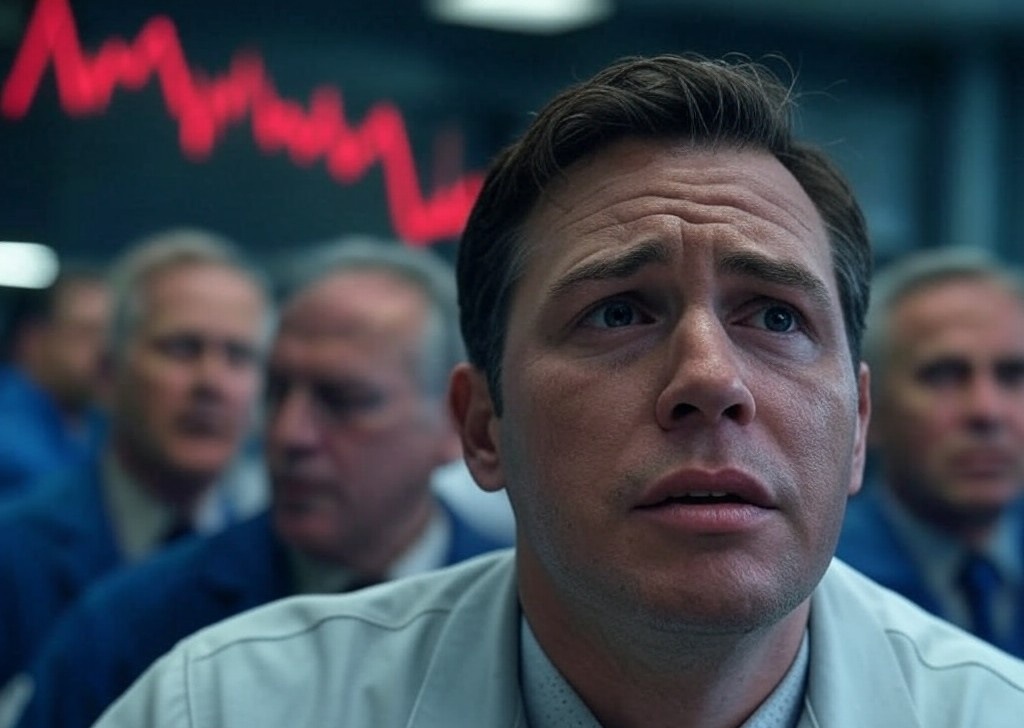In recent years, a disturbing trend has emerged in the restaurant industry: a growing number of establishments are shutting their doors, not due to a lack of customers or poor culinary offerings, but because of soaring real estate costs. As lease rates escalate at a pace far exceeding revenue growth, even beloved local favorites and successful chains find themselves unable to keep up. This phenomenon is not isolated to the restaurant sector alone but is a growing concern for all businesses that rely on leased properties.

The crux of the issue lies in the imbalance between lease cost inflation and revenue growth. Restaurants, with their typically thin profit margins, are particularly vulnerable. When lease renewals come with substantial hikes, these businesses face an untenable situation. For many, the choice is stark: relocate, often to a less desirable location with lower foot traffic, or shutter the business entirely. This dynamic has been particularly acute in urban centers where real estate prices have skyrocketed.

A striking example of this trend is the recent struggles faced by Red Lobster. According to bankruptcy documents filed last week, the company could close additional restaurants if it is unable to renegotiate its leases. The company listed 228 rejected leases that it says will keep losing money if they continue operating as they currently are. As of May 22, Red Lobster had already closed 99 locations across 28 states, with some of their kitchen equipment auctioned off online. An additional 129 restaurants are in danger of closing, highlighting the severe impact of unsustainable lease agreements.
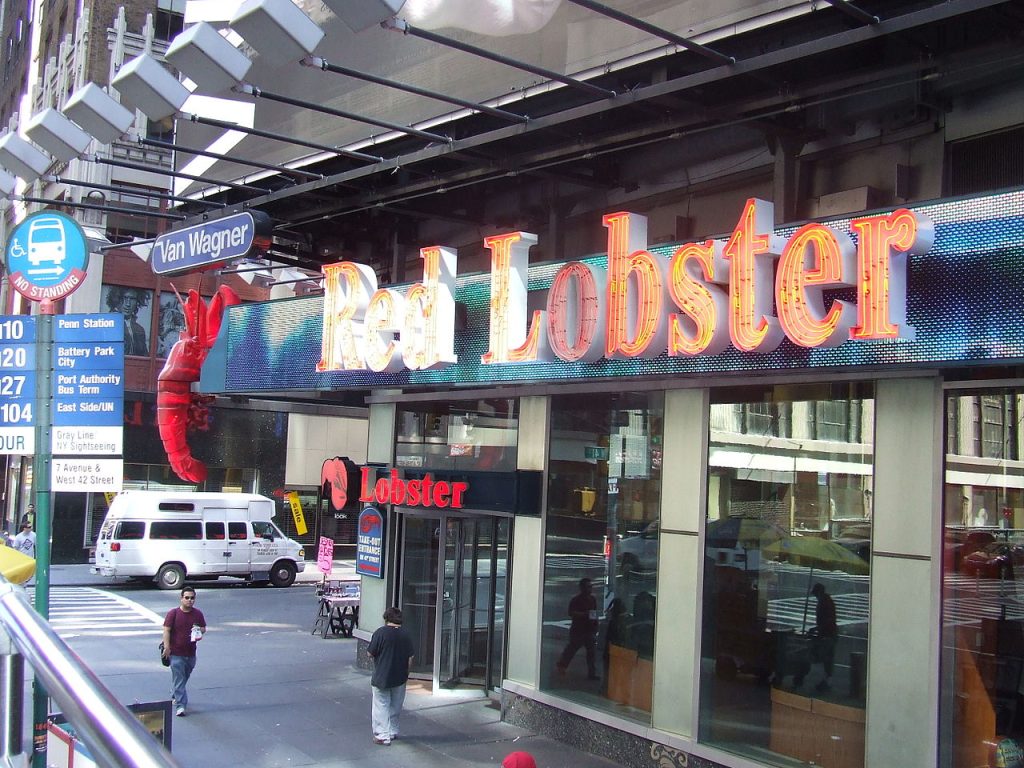
This pattern is not limited to small, independent restaurants. Even large chains are feeling the pinch. Red Lobster, for instance, included its iconic Times Square location among the 228 rejected leases. The property owners are demanding an annual rent of $2.2 million for the 16,482 square-foot space, which Red Lobster has occupied for 22 years. The company is working to keep this location open, but the situation underscores the broader issue of escalating lease costs.
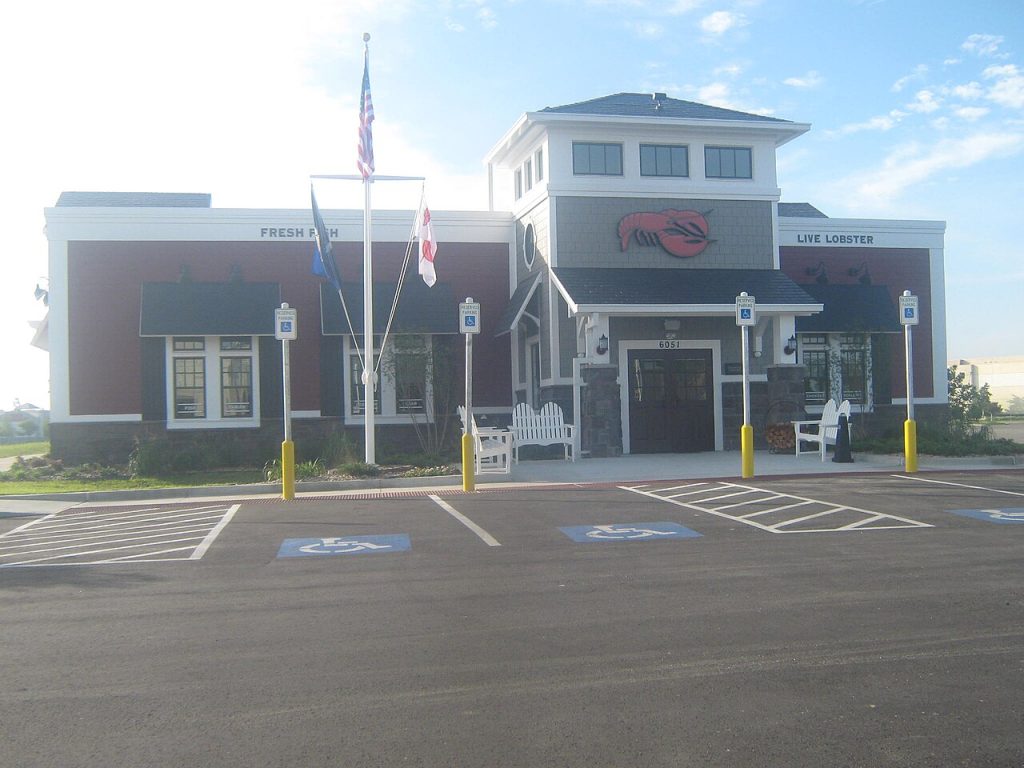
The situation is exacerbated by the fact that many businesses opted to lease rather than purchase their real estate when initially establishing themselves. Leasing offers flexibility and lower upfront costs, which are appealing to new ventures. However, without the stability of property ownership, these businesses are at the mercy of market-driven lease rates. As the commercial real estate market heats up, so do lease costs, often outpacing the revenue growth of the tenants.
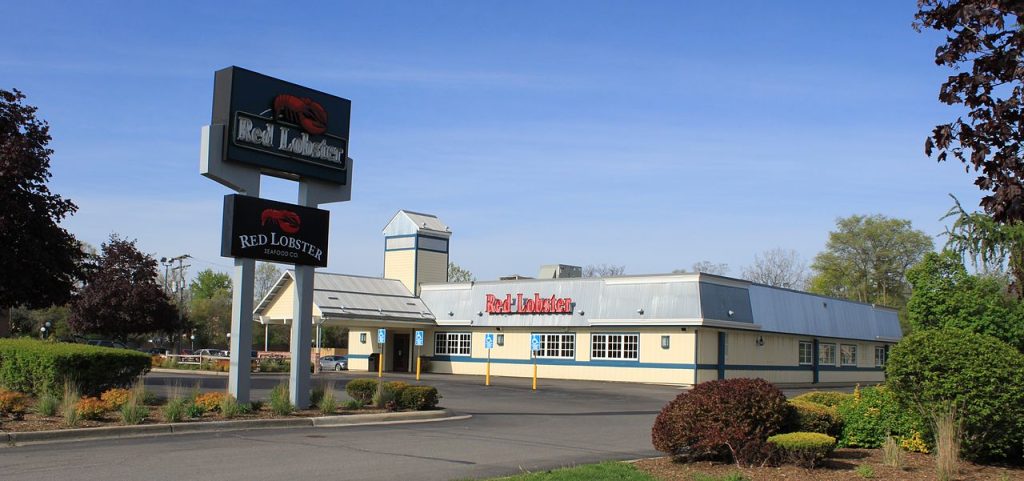
For businesses that secured their real estate, the scenario is markedly different. Owning property provides a buffer against market volatility and allows for more predictable financial planning. However, for many businesses, particularly those started by first-time entrepreneurs or those in high-demand urban areas, purchasing real estate is not a feasible option. The initial capital outlay and financing complexities present significant barriers to ownership.
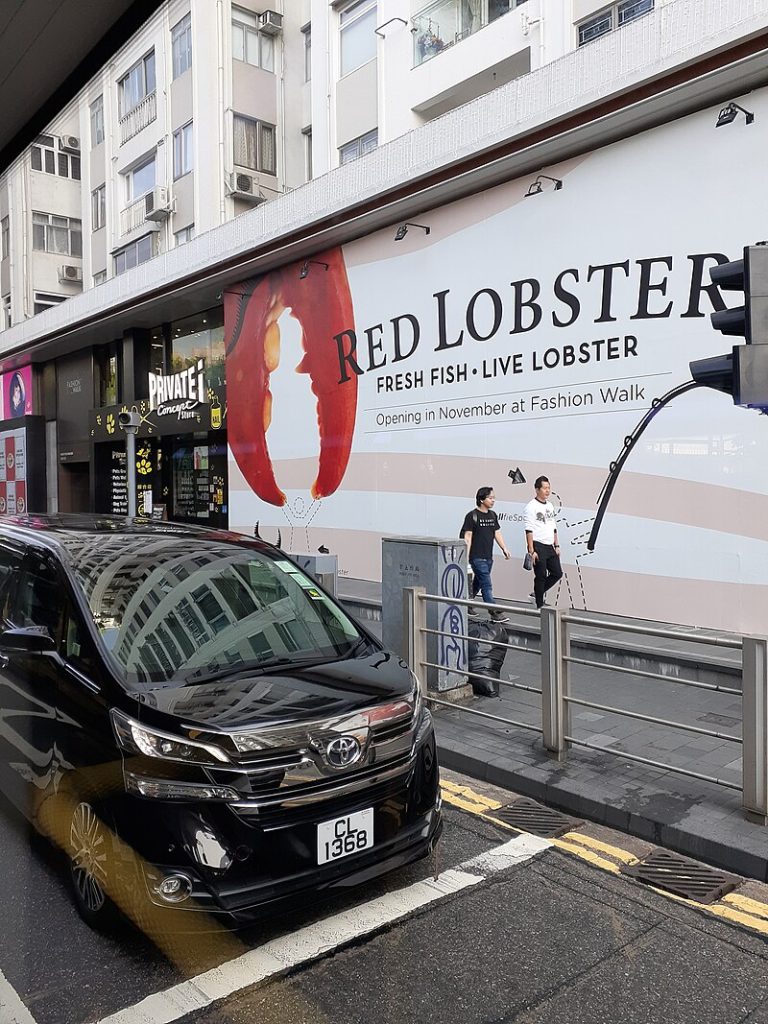
Red Lobster’s situation also highlights other challenges, such as a 30% drop in guests since 2019, a bloated and underperforming restaurant footprint, failed strategic initiatives, and increased competition within the restaurant industry. These factors, combined with rising lease costs, have culminated in a difficult macroeconomic environment that even large chains struggle to navigate.
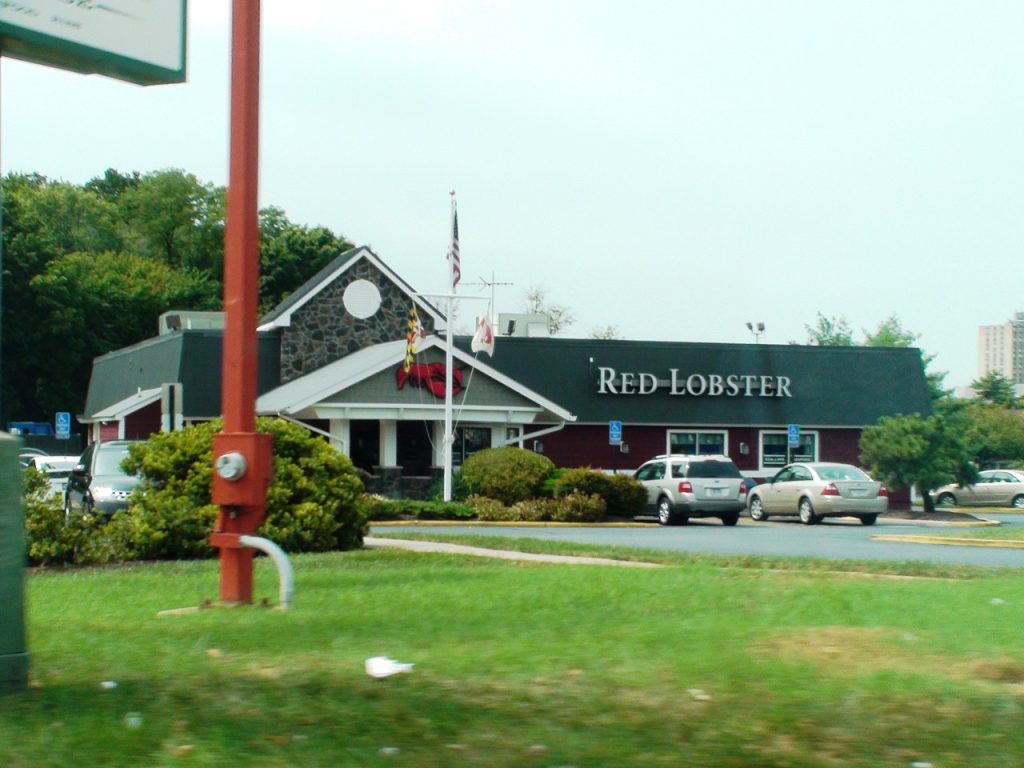
Looking ahead, this trend is likely to continue, with significant implications for the commercial landscape. Restaurants and other businesses that fail to secure their real estate will remain vulnerable to lease escalations. The result could be a shift in the types of businesses that can survive and thrive, with those able to own property gaining a distinct advantage. This could also lead to homogenization in certain areas, as only larger, well-funded businesses can afford the increasing real estate costs.
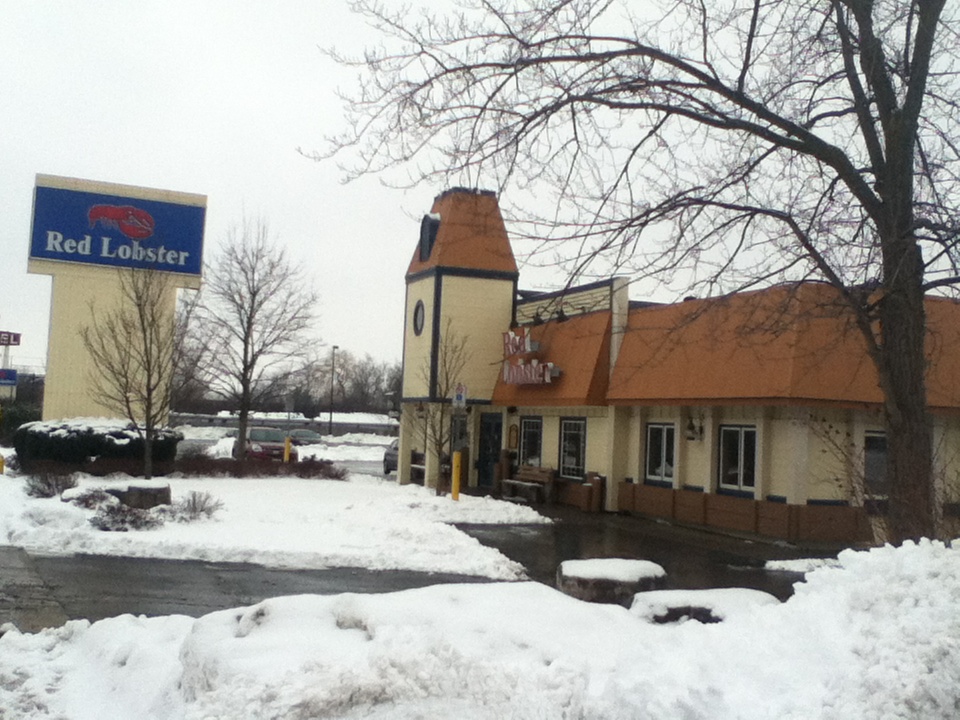
To mitigate this trend, some restaurateurs are exploring alternative models, such as pop-up restaurants or food trucks, which offer more flexibility and lower overhead. Others are looking to less traditional, more affordable neighborhoods to establish new locations. Additionally, there is a growing call for policy interventions to stabilize lease rates or provide support to small businesses facing steep lease hikes.

Ultimately, the sustainability of the restaurant industry, and many other sectors reliant on leased real estate, hinges on finding a balance between property owners’ market-driven motives and tenants’ need for financial viability. Without intervention, either through market corrections or policy measures, the cycle of closures will likely persist, altering the fabric of our commercial communities. The biscuits are available in mix form if a location near you closes.

As we navigate this evolving landscape, the importance of strategic financial planning and considering the long-term implications of lease agreements cannot be overstated. Businesses that fail to secure their real estate must develop robust strategies to manage escalating lease costs, or risk becoming another casualty of the relentless rise in commercial real estate prices.

